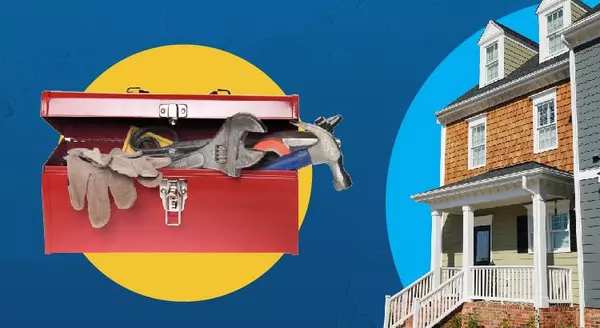

Control the Controllables If You’re Worried About Mortgage Rates
Chances are you’re hearing a lot about mortgage rates right now, and all you really want to hear is that they’re coming back down. And if you’ve seen headlines about the early November Federal Funds Rate cut by the Federal Reserve (The Fed), maybe you got hopeful mortgage rates would start to declin
Read More

How Co-Buying a Home Helps with Affordability Today
Buying a home in today’s market can feel like an uphill battle – especially with home prices and mortgage rates putting pressure on your budget. If you’re feeling stuck, co-buying could be one way to help you get your foot in the door. Freddie Mac says:“If you are an aspiring homeowner, buying a hom
Read More

Why Today’s Mortgage Debt Isn’t a Sign of a Housing Market Crash
One major reason why we’re not heading toward a foreclosure crisis is the high level of equity homeowners have today. Unlike in the last housing bubble, where many homeowners owed more than their homes were worth, today’s homeowners have far more equity than debt.That’s a big part of the reason why
Read More

How To Get Your House Ready To Sell in 2025
Some HighlightsIf you’re planning to list your house in 2025, it’s already time to start working on any repairs. But where do you start?Your local agent will be able to help you prioritize projects that will help you get the best return on your investment and appeal to what today’s buyers really wan
Read More
Categories
Recent Posts









